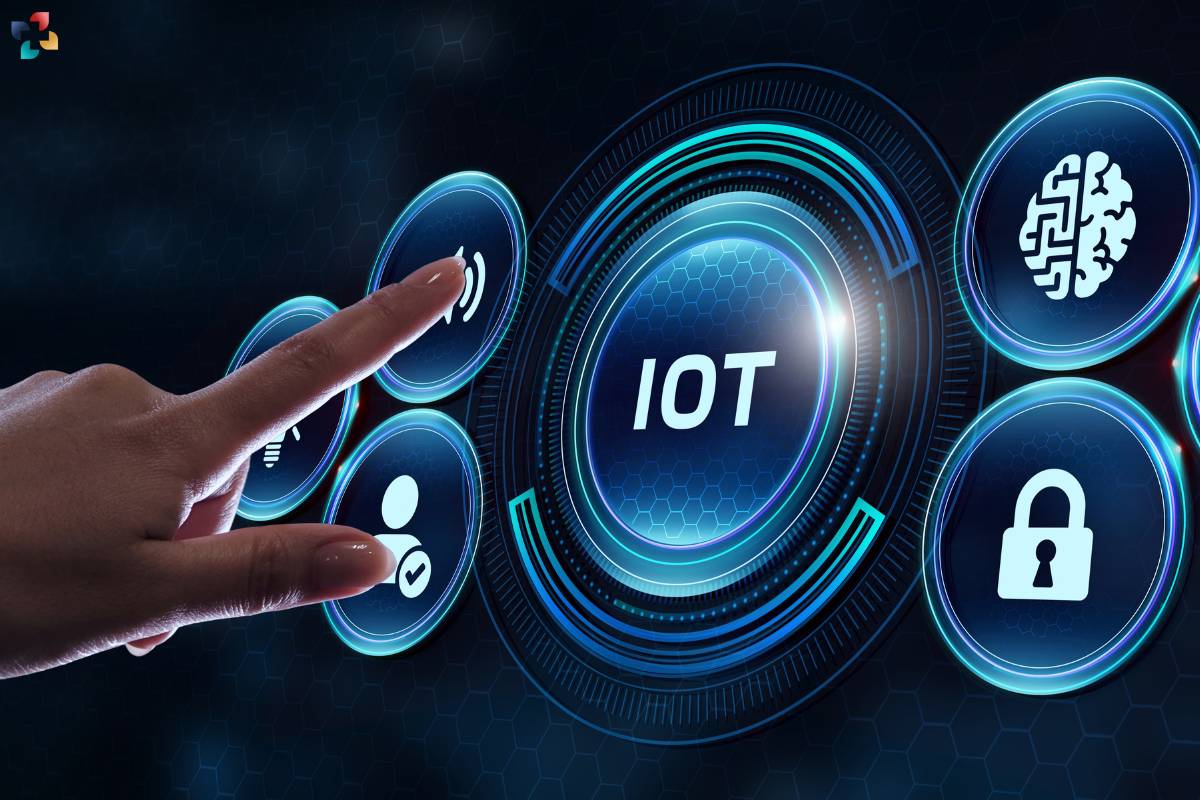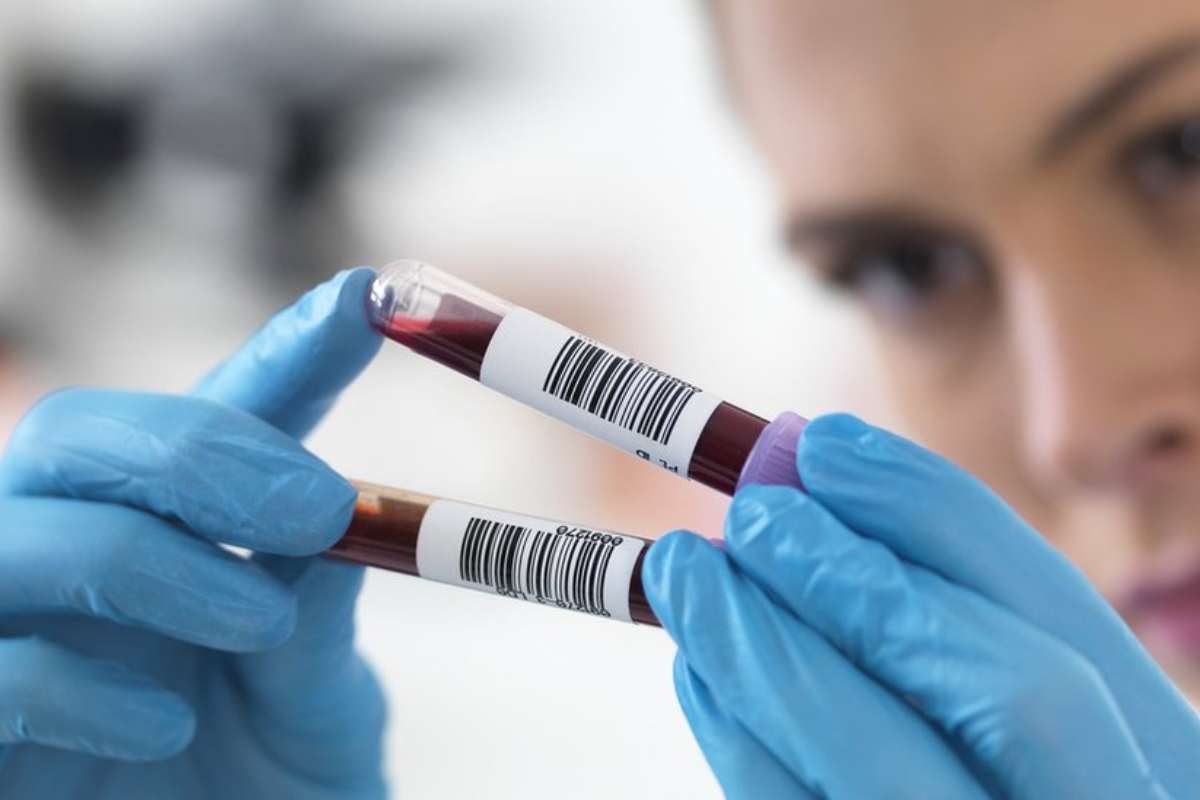The healthcare landscape is undergoing a dramatic transformation as technology plays an increasingly central role. From remote patient monitoring to AI-powered diagnostics, health tech is revolutionizing the way we deliver and experience healthcare. This article delves into the latest trends shaping the future of health, exploring how these innovations are poised to improve accessibility, personalization, and overall patient outcomes.
1. Artificial Intelligence (AI) – Powering Personalized Care
AI is emerging as a game-changer in health, with applications extending across the entire spectrum of care. Here’s how AI is transforming healthcare:
Advanced Diagnostics
AI algorithms are being trained on vast amounts of medical data to analyze complex medical images, identify patterns, and even predict potential health risks.
Precision Medicine
AI can analyze a patient’s unique genetic makeup, medical history, and lifestyle factors to personalize treatment plans. This approach allows for more targeted therapies with fewer side effects.
Example
A patient with cancer undergoes genetic testing. AI analyzes the results and recommends a specific drug therapy most likely to be effective based on their unique genetic profile.
Virtual Assistants and Chatbots
AI-powered virtual assistants and chatbots are transforming patient engagement. These tools can answer basic medical questions, schedule appointments, and provide emotional support.
Example
A patient feels unwell but isn’t sure if it warrants a doctor visit. They consult a health chatbot which, based on their symptoms, suggests home remedies or recommends scheduling an appointment depending on the severity.
2. Internet of Medical Things (IoMT) – Connecting Patients and Devices

The Internet of Medical Things (IoMT) refers to the network of interconnected medical devices that collect, transmit, and analyze patient health data in real time. This creates a continuous stream of information, allowing for proactive healthcare management.
Remote Patient Monitoring
Wearables and other IoMT devices like smartwatches and blood pressure monitors can track vital signs, allowing healthcare providers to monitor patients remotely. This is particularly beneficial for managing chronic conditions and at-risk populations.
Example
An elderly patient living alone wears a smartwatch that monitors their heart rate and activity levels. If the device detects an irregular heartbeat, it can alert both the patient and their doctor, enabling timely intervention.
Enhanced Clinical Decision-Making
IoMT data provides real-time insights into a patient’s condition, allowing healthcare professionals to make more informed decisions about treatment plans and resource allocation.
Example
A doctor treating a patient with diabetes receives continuous glucose monitor data. This allows them to adjust insulin dosages and personalize the treatment plan based on the patient’s real-time blood sugar levels.
3. Telehealth and Virtual Care – Expanding Accessibility
Telehealth and virtual care platforms enable remote consultations between patients and healthcare providers through video conferencing or secure messaging. This trend is expanding access to healthcare for geographically isolated communities, those with limited mobility, and individuals with busy schedules.
Increased Convenience
Telehealth eliminates the need for in-person visits for routine checkups, follow-up appointments, and mental health consultations, saving time and resources for both patients and providers.
Example

A patient living in a rural area with limited access to specialists can receive a virtual consultation with a cardiologist in a major city, reducing travel time and costs.
Improved Chronic Disease Management
Telehealth platforms can facilitate communication between patients and their care teams, enabling better adherence to treatment plans and medication management.
Example
A patient with chronic obstructive pulmonary disease (COPD) has regular video consultations with a respiratory therapist to monitor symptoms, adjust medications, and receive respiratory exercise guidance.
4. Big Data and Analytics – Unlocking the Power of Health Information
Example
By analyzing hospital readmission data, healthcare administrators can identify factors contributing to readmissions and implement strategies to reduce them, leading to cost savings and improved patient care.
5. Blockchain for Secure Health Data Management
Blockchain technology, known for its secure data storage capabilities, is gaining traction in healthcare. Blockchain ledgers can securely store and manage sensitive patient data, ensuring privacy and preventing unauthorized access.
Enhanced Data Security
Blockchain provides a transparent and tamper-proof record of patient data, reducing the risk of data breaches and unauthorized modifications.
Example
A patient’s medical history is stored on a blockchain ledger. With proper access control, patient can share their medical records securely with different healthcare providers involved in their care, eliminating the need for duplicate copies and reducing the risk of data breaches.
Streamlined Data Sharing
Blockchain can facilitate secure and efficient data exchange between healthcare institutions, allowing for better coordination of care and improved patient outcomes.
Example
A patient transitions care from a primary care physician to a specialist. Their complete medical history stored on a secure blockchain ledger can be easily accessed by the specialist, eliminating delays and ensuring continuity of care.
6. The Rise of Wearables and Personalized Health Tracking
Wearable technology has become increasingly sophisticated, offering a plethora of health-tracking features. These devices empower individuals to take a more active role in managing their health and wellness.
Proactive Health Management
Wearables can track a wide range of health metrics, including heart rate, sleep patterns, and activity levels. This data empowers individuals to monitor their health trends and identify potential issues early on.
Example

A fitness tracker worn by an individual alerts them to a sudden spike in blood pressure. This prompts them to consult with a doctor to investigate the cause and potentially prevent complications.
Personalized Health Insights
Wearable data can be integrated with health and wellness apps, providing personalized insights and recommendations based on an individual’s unique health profile and goals.
Example
A smartwatch tracks a sedentary individual’s daily steps. An integrated app analyzes the data and suggests personalized exercise routines to increase activity levels gradually.
Conclusion: A Brighter Future for Healthcare
The rapid advancement of health tech is transforming the healthcare landscape. AI is personalizing care, IoMT devices are enabling remote patient monitoring, and telehealth platforms are expanding access. Big data analytics is unlocking the power of health information, while blockchain ensures secure data management. Wearables are empowering individuals to take charge of their health. These trends, combined with ongoing research and innovation, hold the promise of a brighter future for healthcare, characterized by improved accessibility, personalized care, and ultimately, better health outcomes for all.
Also Read: Personalized Medicine: Revolutionizing Healthcare Through Tailored Treatment








